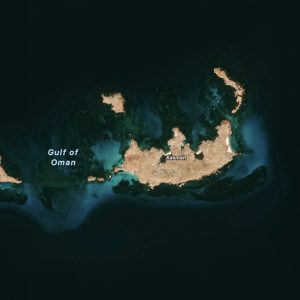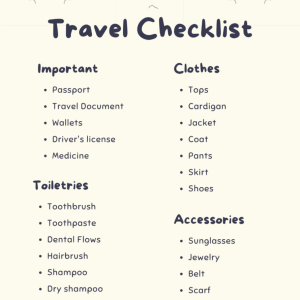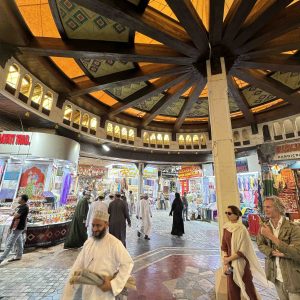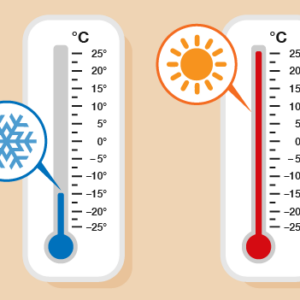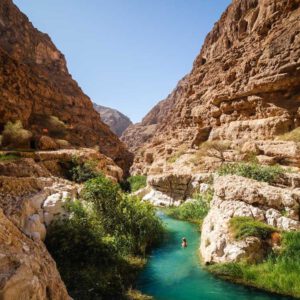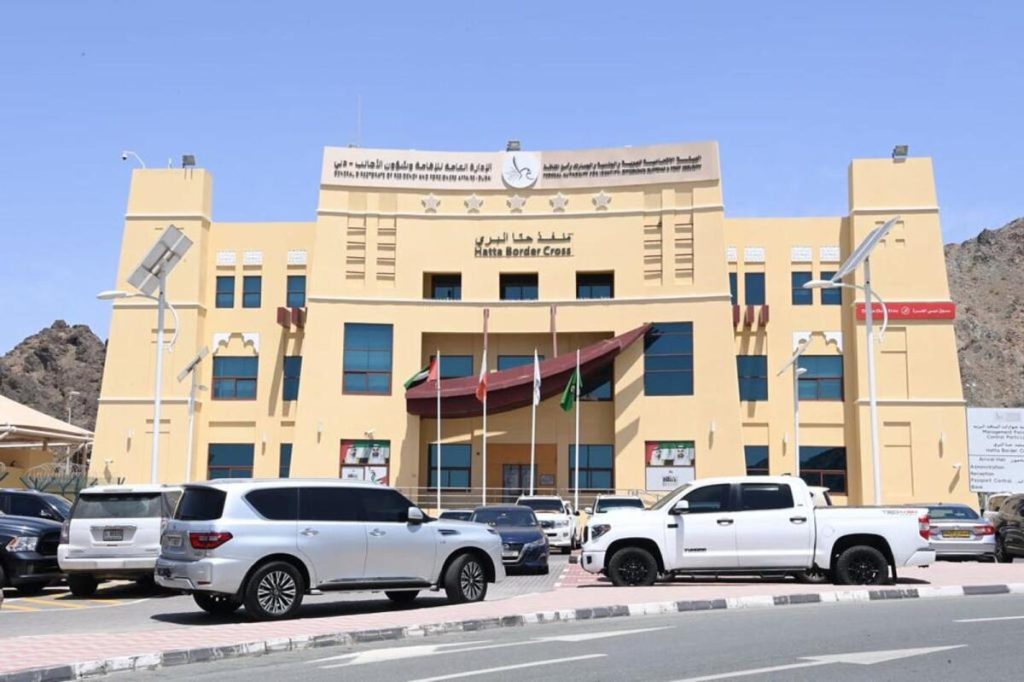
Hatta Border
Dubai to Muscat – two of the most vibrant cities in the Gulf region, are separated by approximately 450 kilometers (280 miles). While they are relatively close geographically, the journey between them can vary significantly depending on whether you choose to travel by road or by air. Each mode of transportation offers its own set of advantages, challenges, and unique experiences. Below, we explore both options in detail.
Traveling by Road: A Scenic Adventure
Traveling by road from Dubai to Muscat is an adventure that offers a blend of stunning landscapes, cultural insights, and the thrill of a cross-border journey. The drive typically takes around 5 to 6 hours, depending on traffic, border formalities, and the route taken.
Route and Distance
The most common route from Dubai to Muscat is via the UAE-Oman border at Hatta. The journey begins on Sheikh Mohammed Bin Zayed Road (E311) or Emirates Road (E611) in Dubai, leading to the border crossing at Hatta. After crossing into Oman, the road continues through the Al Batinah region, passing through towns like Sohar and Barka before reaching Muscat. The total distance is approximately 450 kilometers, with well-maintained highways making the drive smooth and comfortable.
Border Crossings and Documentation
One of the key considerations when traveling by road is the border crossing. UAE residents and tourists must ensure they have the necessary documents, including:
- A valid passport with at least six months’ validity.
- An Omani visa (if required), which can be obtained online or at the border for eligible nationalities.
- Vehicle insurance valid in Oman (temporary insurance can be purchased at the border).
- A NOC (No Objection Certificate) from the car owner if the vehicle is not registered in the driver’s name.
The border crossing process can take anywhere from 30 minutes to a couple of hours, depending on the time of day and the volume of travelers. It’s advisable to arrive early to avoid long queues.
Scenic Highlights
The road trip from Dubai to Muscat is a visual treat. The journey begins with the urban sprawl of Dubai, gradually giving way to the rugged Hajar Mountains near the border. The mountains provide a dramatic backdrop, with their jagged peaks and deep wadis (valleys). As you enter Oman, the landscape transforms into vast deserts, dotted with traditional Omani villages and date palm plantations. The drive along the coastal road near Barka offers glimpses of the Arabian Sea, adding to the scenic beauty.
Pit Stops and Refreshments
There are several rest stops along the way, including petrol stations, cafes, and restaurants. Popular stops include the Hatta Fort Hotel near the border, which offers a picturesque setting for a break, and the Sohar Corniche, where travelers can stretch their legs and enjoy the sea breeze. Omani coffee and dates are must-try treats during the journey.
Challenges
While the road trip is enjoyable, it does come with some challenges. The summer heat can be intense, so it’s essential to ensure your vehicle’s air conditioning is in good working order. Additionally, the border crossing process can be time-consuming, and traffic congestion near Muscat during peak hours can add to the travel time.
Traveling by Air: A Quick and Convenient Option
For those seeking a faster and more convenient journey, flying from Dubai to Muscat is the ideal choice. The flight takes just over an hour, making it a popular option for business travelers and tourists alike.
Flight Options
Several airlines operate daily flights between Dubai International Airport (DXB) and Muscat International Airport (MCT), including Emirates, Oman Air, Flydubai, and SalamAir. With multiple flights throughout the day, travelers have the flexibility to choose a schedule that suits their needs. The frequency of flights also makes it easy to plan last-minute trips.
Airport Experience
Dubai International Airport is one of the busiest and most well-equipped airports in the world. Passengers can enjoy a seamless check-in process, luxurious lounges, and a wide range of dining and shopping options. Muscat International Airport, on the other hand, offers a more relaxed and culturally immersive experience, with its Omani-inspired architecture and warm hospitality.
Time and Convenience
The biggest advantage of flying is the time saved. While the flight itself takes just over an hour, the total travel time, including airport transfers and security checks, is typically around 3 to 4 hours. This is significantly shorter than the 5 to 6 hours required for a road trip, making air travel the preferred option for those with limited time.
Cost Considerations
The cost of flying can vary depending on the airline, time of booking, and class of travel. Budget airlines like Flydubai and SalamAir offer affordable fares, while full-service carriers like Emirates and Oman Air provide a more premium experience. It’s worth noting that airfare can sometimes be comparable to the cost of fuel and border fees for a road trip, especially if traveling with a group.
Luggage and Flexibility
Flying allows travelers to carry more luggage without the constraints of a car’s storage capacity. However, it’s important to check baggage allowances, as budget airlines may charge extra for checked luggage. Additionally, flying offers less flexibility in terms of spontaneous stops or detours compared to a road trip.
Comparing Road and Air Travel
Experience
- Road Trip: A road trip offers a sense of adventure and the opportunity to explore the landscapes and cultures of both the UAE and Oman. It’s ideal for those who enjoy driving and want to experience the journey as much as the destination.
- Air Travel: Flying is a more straightforward and time-efficient option, perfect for those who prioritize convenience and speed.
Cost
- Road Trip: The cost of a road trip includes fuel, border fees, and vehicle insurance. It can be more economical for families or groups traveling together.
- Air Travel: While airfare can be affordable, additional costs such as airport transfers and baggage fees should be considered.
Flexibility
- Road Trip: Offers the flexibility to stop and explore along the way, making it a more immersive experience.
- Air Travel: Provides less flexibility but ensures a quick and hassle-free journey.
Comfort
- Road Trip: Comfort depends on the quality of the vehicle and the driver’s endurance. Long drives can be tiring, especially in hot weather.
- Air Travel: Offers a high level of comfort, especially on full-service airlines, with in-flight amenities and minimal physical exertion.
Whether you choose to travel from Dubai to Muscat by road or by air depends on your priorities, budget, and travel style. A road trip is perfect for adventurers who want to soak in the landscapes and enjoy a more flexible journey. On the other hand, air travel is ideal for those seeking speed, convenience, and comfort.
Both options offer unique experiences and insights into the rich cultures and stunning landscapes of the UAE and Oman. Whichever mode of transportation you choose, the journey from Dubai to Muscat is sure to be a memorable one.


